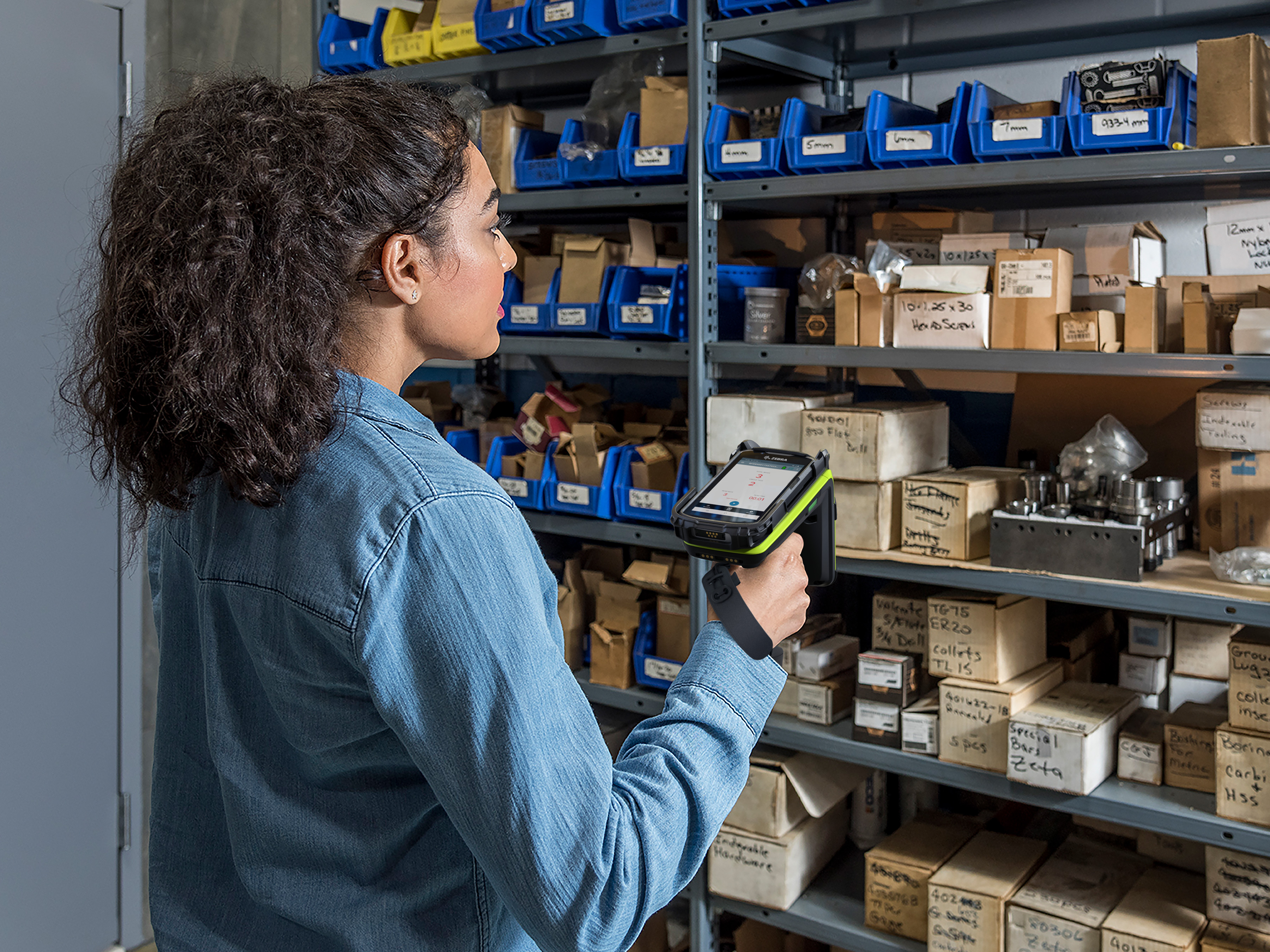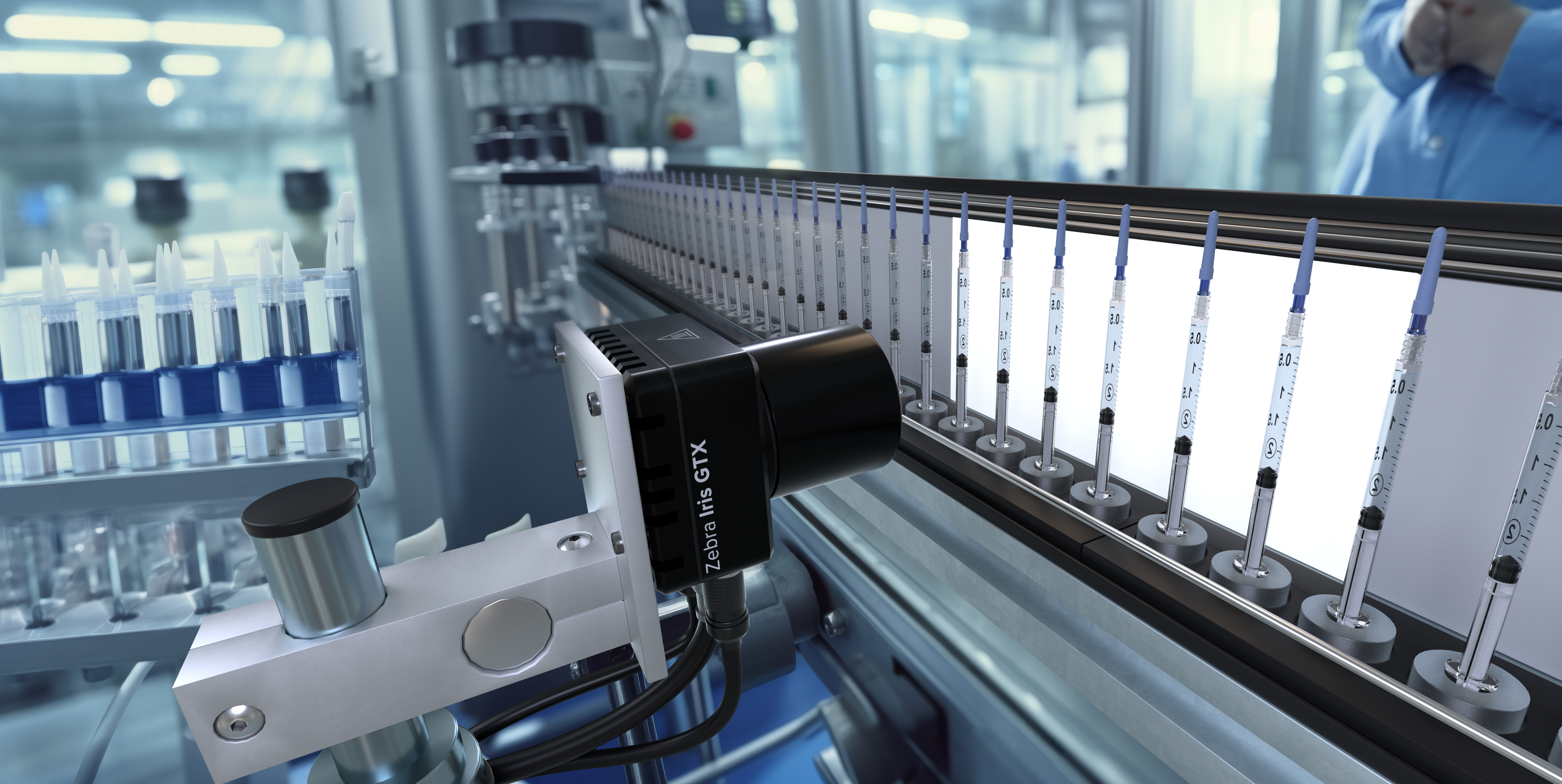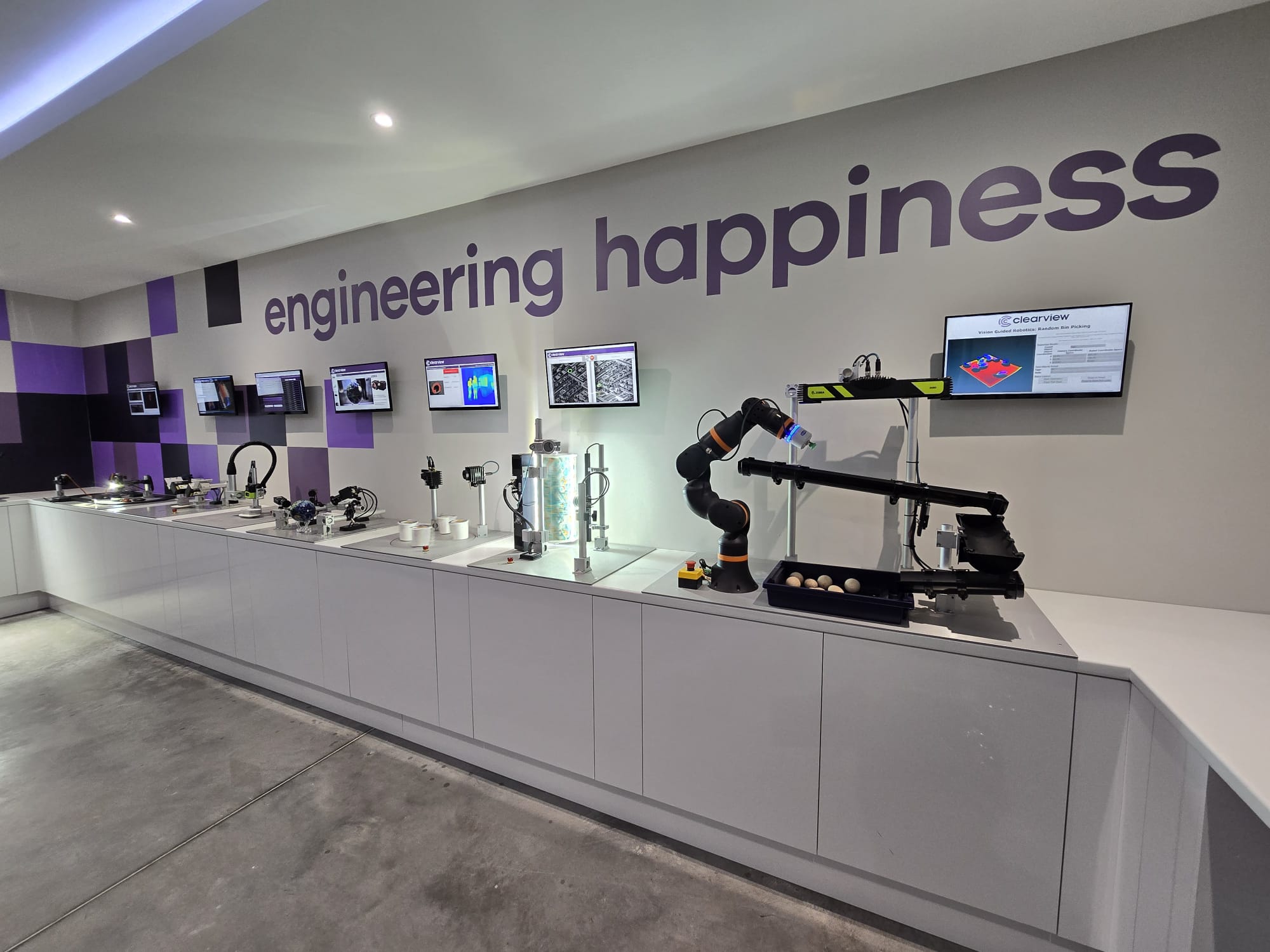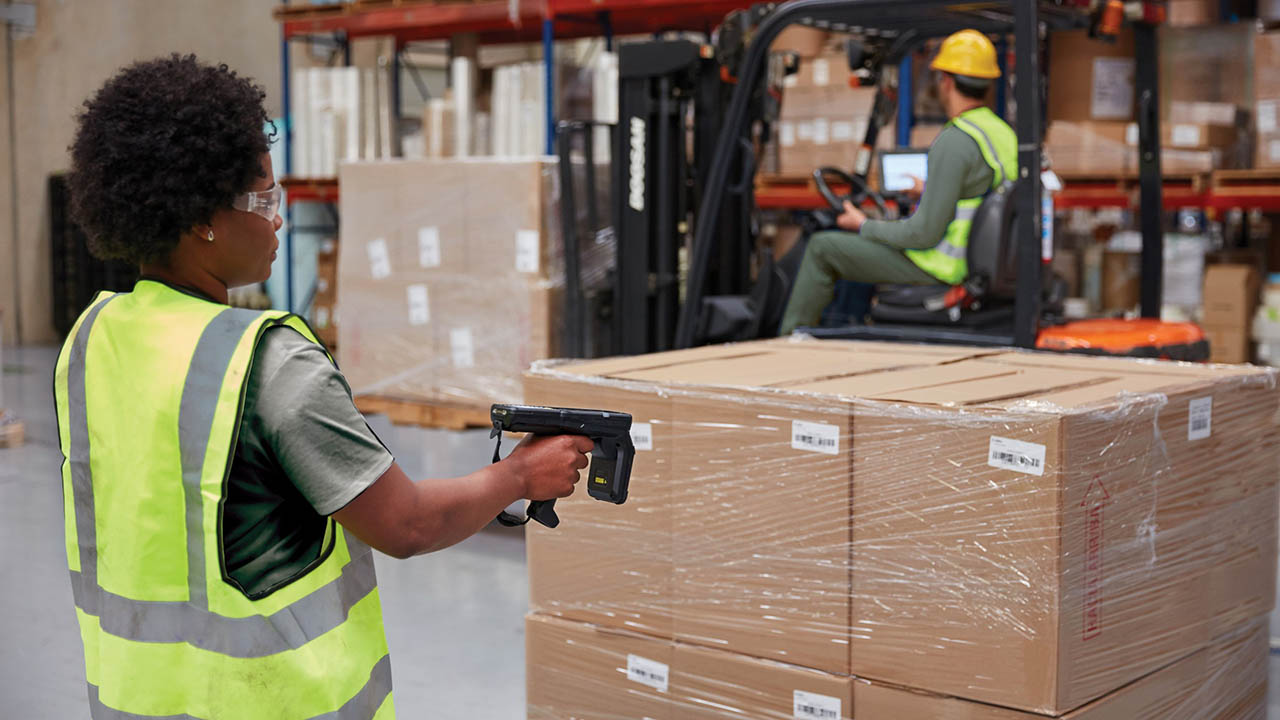Transform retail operations with Zebra’s retail technology solutions, featuring hardware and software for improving inventory management and empowering teams.
Streamline operations with Zebra’s healthcare technology solutions, featuring hardware and software to improve staff collaboration and optimize workflows.
Enhance processes with Zebra’s manufacturing technology solutions, featuring hardware and software for automation, data analysis, and factory connectivity.
Zebra’s transportation and logistics technology solutions feature hardware and software for enhancing route planning, visibility, and automating processes.
Learn how Zebra's public sector technology solutions empower state and local governments to improve efficiency with asset tracking and data capture devices.
Zebra's hospitality technology solutions equip your hotel and restaurant staff to deliver superior customer and guest service through inventory tracking and more.
Zebra's market-leading solutions and products improve customer satisfaction with a lower cost per interaction by keeping service representatives connected with colleagues, customers, management and the tools they use to satisfy customers across the supply chain.
Empower your field workers with purpose-driven mobile technology solutions to help them capture and share critical data in any environment.
Zebra's range of Banking technology solutions enables banks to minimize costs and to increase revenue throughout their branch network. Learn more.
Zebra's range of mobile computers equip your workforce with the devices they need from handhelds and tablets to wearables and vehicle-mounted computers.
Zebra's desktop, mobile, industrial, and portable printers for barcode labels, receipts, RFID tags and cards give you smarter ways to track and manage assets.
Zebra's 1D and 2D corded and cordless barcode scanners anticipate any scanning challenge in a variety of environments, whether retail, healthcare, T&L or manufacturing.
Zebra's extensive range of RAIN RFID readers, antennas, and printers give you consistent and accurate tracking.
Choose Zebra's reliable barcode, RFID and card supplies carefully selected to ensure high performance, print quality, durability and readability.
Zebra's location technologies provide real-time tracking for your organization to better manage and optimize your critical assets and create more efficient workflows.
Zebra's rugged tablets and 2-in-1 laptops are thin and lightweight, yet rugged to work wherever you do on familiar and easy-to-use Windows or Android OS.
With Zebra's family of fixed industrial scanners and machine vision technologies, you can tailor your solutions to your environment and applications.
Zebra’s line of kiosks can meet any self-service or digital signage need, from checking prices and stock on an in-aisle store kiosk to fully-featured kiosks that can be deployed on the wall, counter, desktop or floor in a retail store, hotel, airport check-in gate, physician’s office, local government office and more.
Adapt to market shifts, enhance worker productivity and secure long-term growth with AMRs. Deploy, redeploy and optimize autonomous mobile robots with ease.
Discover Zebra’s range of accessories from chargers, communication cables to cases to help you customize your mobile device for optimal efficiency.
Zebra's environmental sensors monitor temperature-sensitive products, offering data insights on environmental conditions across industry applications.
Enhance frontline operations with Zebra’s AI software solutions, which optimize workflows, streamline processes, and simplify tasks for improved business outcomes.
Zebra Workcloud, enterprise software solutions boost efficiency, cut costs, improve inventory management, simplify communication and optimize resources.
Keep labor costs low, your talent happy and your organization compliant. Create an agile operation that can navigate unexpected schedule changes and customer demand to drive sales, satisfy customers and improve your bottom line.
Drive successful enterprise collaboration with prioritized task notifications and improved communication capabilities for easier team collaboration.
Get full visibility of your inventory and automatically pinpoint leaks across all channels.
Reduce uncertainty when you anticipate market volatility. Predict, plan and stay agile to align inventory with shifting demand.
Drive down costs while driving up employee, security, and network performance with software designed to enhance Zebra's wireless infrastructure and mobile solutions.
Explore Zebra’s printer software to integrate, manage and monitor printers easily, maximizing IT resources and minimizing down time.
Make the most of every stage of your scanning journey from deployment to optimization. Zebra's barcode scanner software lets you keep devices current and adapt them to your business needs for a stronger ROI across the full lifecycle.
RFID development, demonstration and production software and utilities help you build and manage your RFID deployments more efficiently.
RFID development, demonstration and production software and utilities help you build and manage your RFID deployments more efficiently.
Zebra DNA is the industry’s broadest suite of enterprise software that delivers an ideal experience for all during the entire lifetime of every Zebra device.
Advance your digital transformation and execute your strategic plans with the help of the right location and tracking technology.
Boost warehouse and manufacturing operations with Symmetry, an AMR software for fleet management of Autonomous Mobile Robots and streamlined automation workflows.
The Zebra Aurora suite of machine vision software enables users to solve their track-and-trace, vision inspection and industrial automation needs.
Zebra Aurora Focus brings a new level of simplicity to controlling enterprise-wide manufacturing and logistics automation solutions. With this powerful interface, it’s easy to set up, deploy and run Zebra’s Fixed Industrial Scanners and Machine Vision Smart Cameras, eliminating the need for different tools and reducing training and deployment time.
Aurora Imaging Library™, formerly Matrox Imaging Library, machine-vision software development kit (SDK) has a deep collection of tools for image capture, processing, analysis, annotation, display, and archiving. Code-level customization starts here.
Aurora Design Assistant™, formerly Matrox Design Assistant, integrated development environment (IDE) is a flowchart-based platform for building machine vision applications, with templates to speed up development and bring solutions online quicker.
Designed for experienced programmers proficient in vision applications, Aurora Vision Library provides the same sophisticated functionality as our Aurora Vision Studio software but presented in programming language.
Aurora Vision Studio, an image processing software for machine & computer vision engineers, allows quick creation, integration & monitoring of powerful OEM vision applications.
Adding innovative tech is critical to your success, but it can be complex and disruptive. Professional Services help you accelerate adoption, and maximize productivity without affecting your workflows, business processes and finances.
Zebra's Managed Service delivers worry-free device management to ensure ultimate uptime for your Zebra Mobile Computers and Printers via dedicated experts.
Find ways you can contact Zebra Technologies’ Support, including Email and Chat, ask a technical question or initiate a Repair Request.
Zebra's Circular Economy Program helps you manage today’s challenges and plan for tomorrow with smart solutions that are good for your budget and the environment.
The Zebra Knowledge Center provides learning expertise that can be tailored to meet the specific needs of your environment.
Zebra has a wide variety of courses to train you and your staff, ranging from scheduled sessions to remote offerings as well as custom tailored to your specific needs.
Build your reputation with Zebra's certification offerings. Zebra offers a variety of options that can help you progress your career path forward.
Build your reputation with Zebra's certification offerings. Zebra offers a variety of options that can help you progress your career path forward.
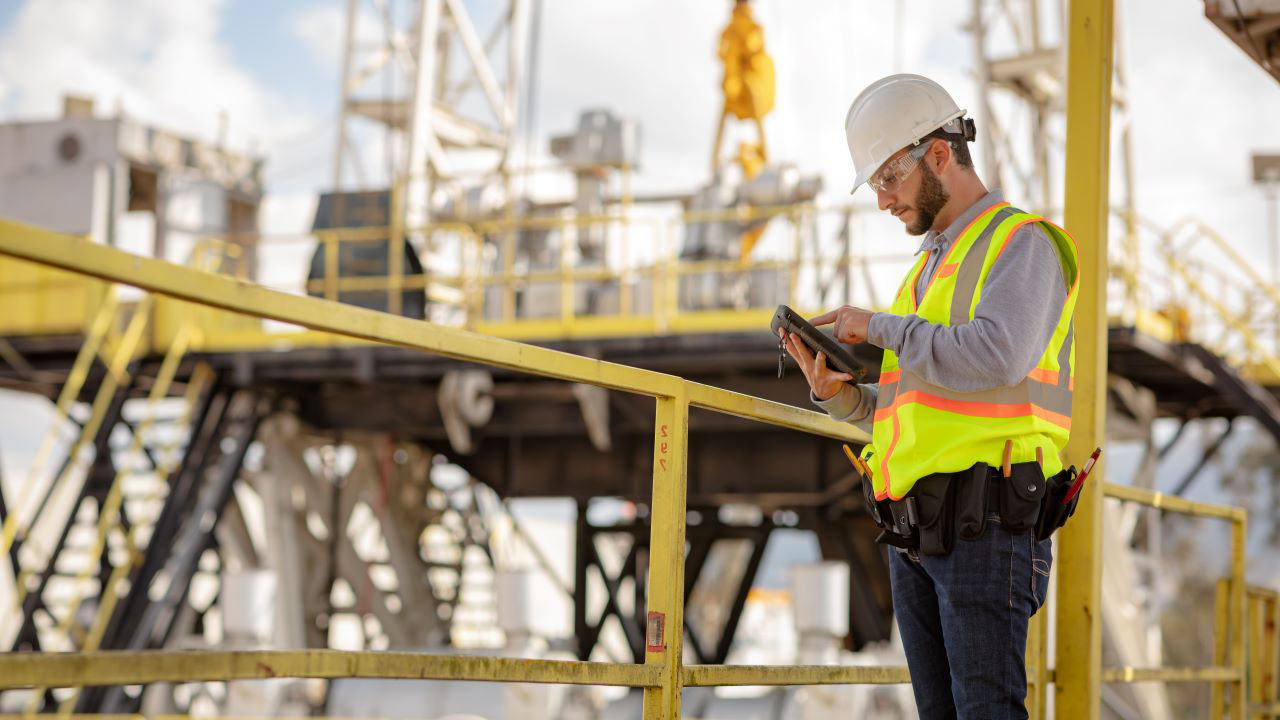
New “Cost-Benefit” Considerations When Shopping for Field Mobility Solutions
You’ve probably heard the saying “you get what you pay for,” which basically claims that there is a direct correlation between the price and quality of a good and service. The higher the price, the better the quality. Which may be true in some cases. However, such associations often omit two key considerations:
- The total cost of ownership (TCO)
- The total benefit of ownership
I spoke about this a bit in my last blog post when explaining the link between field mobility software and the hardware that it runs on, but feel it warrants further discussion. Prioritizing the total “benefits” of a mobility solution over the total “cost” is just that important. (Plus, as you’ll see, selecting the mobility solution that delivers the precise benefits you desire will subsequently keep the cost of ownership low for the life of the hardware and software.)
Case in point…
Did you know that, back in the 1980s, computer workstations ranged in price from $5,000 to over $100,000, with most selling for at least $12,500?! Now these aren’t the type of workstations you might associate with the general term as it’s used today (i.e. any computer where you might do work). Rather, workstations in the 1980s were serious, expensive computers used for high-end computational applications, such as structural analysis, thermodynamic modeling and computer design simulation.
When companies were paying over $12,500 for each of the dozen workstations they needed, per-seat software prices tended to be very high. For a new mini-computer design back in the 1980s, I bought a seat license for the best simulation software for $180,000. (OK, my company bought it, not me!) Believe it or not, these workstations and software applications were worth the price back then, as they could shave almost a year off development time for large UNIX-based server designs, such as the Data General AV/9500 whose development used the $180k software.
So, it really hit software makers hard when PCs became more capable and the hardware prices dropped to $2500 or so. People expected software pricing to become more in line with hardware pricing, so software makers had no choice but to drop prices based on what the market would bear.
What does this have to do with you?
Today, we see a similar dynamic: consumer-oriented tablets and handhelds may have a sticker price that is far lower than tablets and handhelds designed and configured specifically for field service (and other industrial/enterprise/government) applications. Does that mean that you’re going to see enterprise device manufacturers start dropping their pricing to match consumer device manufacturers’ current levels? Probably not.
In fact, you may have noticed that consumer device pricing is creeping up. It’s not that much cheaper than comparable enterprise-grade form factors, and one could argue that the value of those devices is decreasing, considering how much input/output (I/O), memory, storage and functional capabilities they’re actually lacking compared to a “purpose-built” rugged tablet or handheld mobile computer.
And that’s really the point I want to make.
The marginal difference in upfront costs for mobile hardware – and the nearly comparable pricing of mobile software, regardless of the device you choose – means that price should no longer deter you from getting the exact mobility solution from which you, your workers and your customers would most benefit.
Therefore, you need to think first and foremost about the “total benefits of ownership” for the various mobility options you’re considering, whether comparing consumer-grade devices against enterprise-grade devices or evaluating the pros and cons of enterprise-grade tablets offered by two or three different manufacturers.
While today the processing power of tablets or 2-in-1 computers purpose built for field mobility applications is generally faster than consumer notebooks, that added performance is in-line with the needs of the intended user and therefore a minimum requirement versus a “bonus” benefit as a student might perceive it to be. Then again, a gamer might want a mobile computer that has a lot of bells and whistles that a utility worker would not need, so there could be devices that offer too many features or the wrong feature set, even if they are priced reasonably. For example, mobile devices that are used for field service applications don’t necessarily need extravagant levels of performance – they need longevity and strong, consistent performance to ensure their workflow applications and enterprise intelligence sources are always available, even in remote locations or after being used for 24 hours straight in a shift environment.
As energy and utility companies confirmed in a new report that Zebra just released – “The Future of Field Operations: A Look at the Energy and Utilities Sector Through 2025”: mobility solutions are enabling field technicians to be more productive, reach their destinations quicker and solve issues faster than ever – when the mobile hardware and software are designed specifically to facilitate their unique and demanding operations model.
Better yet, respondents who arm their workers with mobile technologies have reduced their operating costs in the field and increased compliance with company, industry and regulatory requirements.
Why?
Because field technicians who use mobile technologies have access to more information, which can help them make safer choices while performing their jobs. (A triple-threat benefit if you ask me: fewer injured/out of work employees; fewer worker’s compensation claims; and more productive workers delivering desired outcomes to customers in a timely manner.)
Something else to consider: the energy and utility sectors will become even more technology-driven over the next five years, with nearly 90 percent of organizations planning to implement cloud computing, analytics and remote monitoring of infrastructure and systems. Yet, these types of technologies are only beneficial if they’re able to see and analyze everything that’s happening within your operations and then tell front-line workers in real time exactly how to act in any given situation.
And the only way to generate small actionable intelligence is to extend your real-time data capture capabilities all the way out to the edge of your enterprise, which for utilities, mining and oil and gas companies can be thousands of miles from the central Internet of Things (IoT) platform aggregating and analyzing the data. In other words, if one worker’s mobile computer fails, then the entire “enterprise intelligence” system is lacking some level of intelligence since that person can’t send or receive data while in the field. The consequences could be far reaching.
That is exactly why it’s important to thoroughly assess the “benefits” of a mobile computer – it’s reliability, connectivity, security, etc. – versus its cost.
As I have said before: the normalization of risk has led many organizations to make risky mobile technology decisions that have ultimately cost them more in losses (time, money, customers) than what they ever stood to gain as has downplaying the impact of a single failed mobile device in the field.
So, I ask: how beneficial would it be to know that your workers are reachable at all times? Or that they have the means to proactively sense, analyze and act on what is happening across your entire operation at all times in order to pre-empt any preventable issues or immediately respond to uncontrollable events, such as weather-caused outages? Or that they can accurately mark their serviced area for any follow-on work in the future and also prove that they didn’t interfere with other utilities via GIS-enabled maps? For example, “Call before you dig” services often mark existing pipes and lines installed by other utilities on a property and your service workers leading subsequent infrastructure installs or repairs need to show that they avoided those pre-marked areas.

These are the types of questions you should be asking yourself when conducting a cost-benefit analysis for technology, especially if your energy or utility company is of a mobile-first mindset.
Of course, I’m always happy to help you map out the “benefits” you should demand from a mobility solution, as are Zebra’s Solution Engineers and solution provider partners.
This mobility buying playbook is also a good reference guide to get you started, particularly if you’re considering a tablet for your field-based workers.

Bob Ashenbrenner
Durable Mobility Technologies, LLC, under the direction of Bob Ashenbrenner, works with Zebra Technologies to develop future-proof mobility solutions for customers across multiple field service and industrial sectors. As an industry consultant, Durable Mobility Technologies, LLC, is focused on optimizing rugged tablet-based solutions for mobile workers of all kinds, including utility and public safety professionals. Ashenbrenner is particularly committed to helping customers identify mobile devices that survive a tough work day, run all the software and tools needed today, and will remain flexible and scalable to adapt to evolving technology applications as business needs dictate.
Ashenbrenner has more than 25 years of computer engineering and engineering management experience, with 18 of those specific to mobility and the field requirements that enable real work to happen. He was previously a Solutions Architect with Xplore Technologies and Motion Computing for 13 years. In that role, Ashenbrenner led the development of a suite of rugged mobile tablet computer, services and software, with an emphasis on supporting the whole mobile work environment.
Zebra Developer Blog
Zebra Developer BlogZebra Developer Blog
Are you a Zebra Developer? Find more technical discussions on our Developer Portal blog.
Zebra Story Hub
Zebra Story HubZebra Story Hub
Looking for more expert insights? Visit the Zebra Story Hub for more interviews, news, and industry trend analysis.
Search the Blog
Search the BlogSearch the Blog
Use the below link to search all of our blog posts.
Most Recent
Legal Terms of Use Privacy Policy Supply Chain Transparency
ZEBRA and the stylized Zebra head are trademarks of Zebra Technologies Corp., registered in many jurisdictions worldwide. All other trademarks are the property of their respective owners. ©2025 Zebra Technologies Corp. and/or its affiliates.

